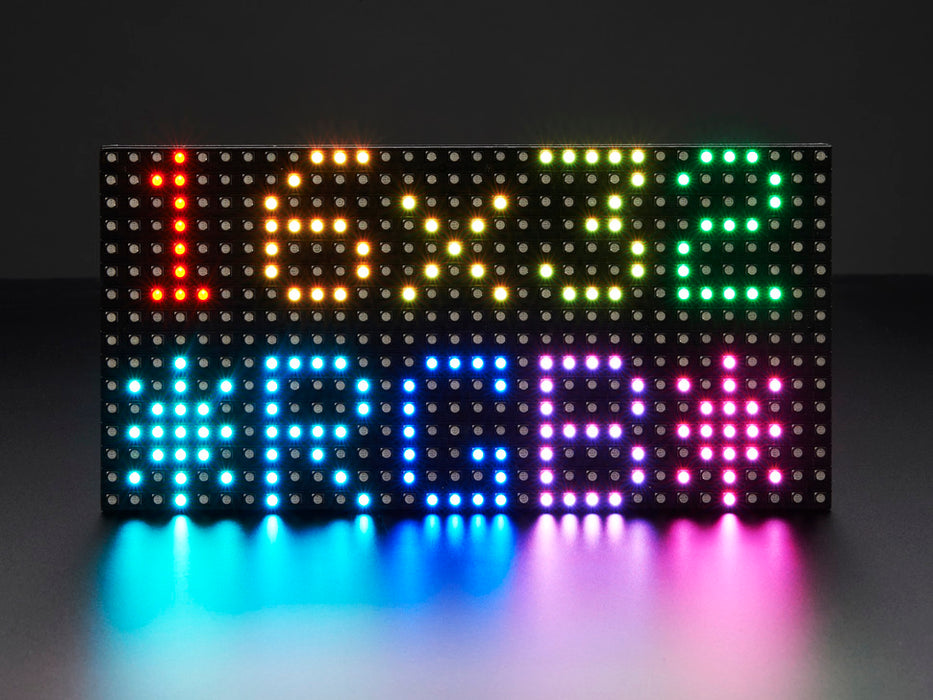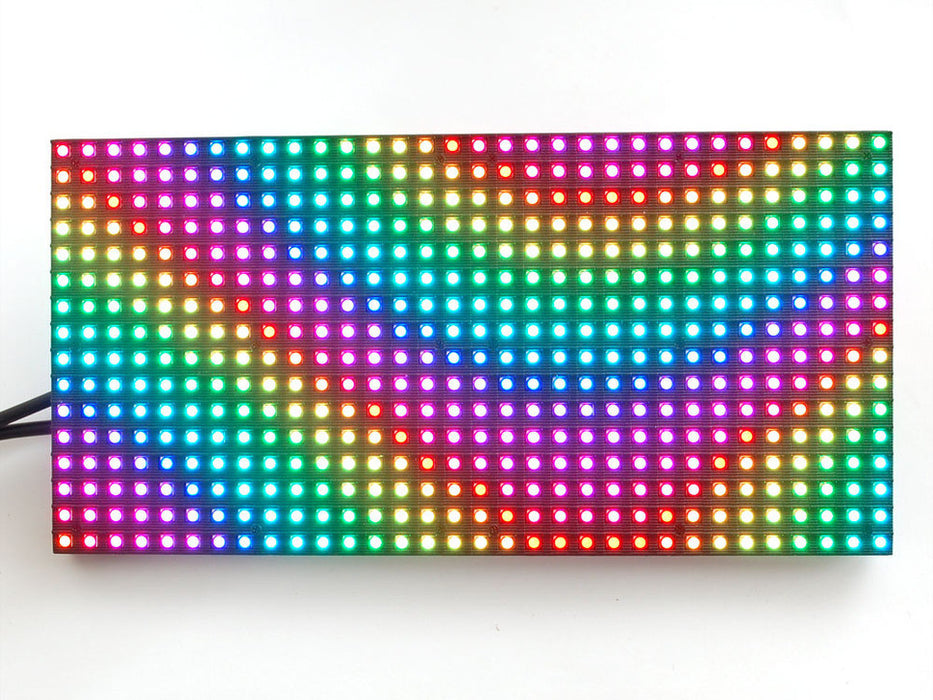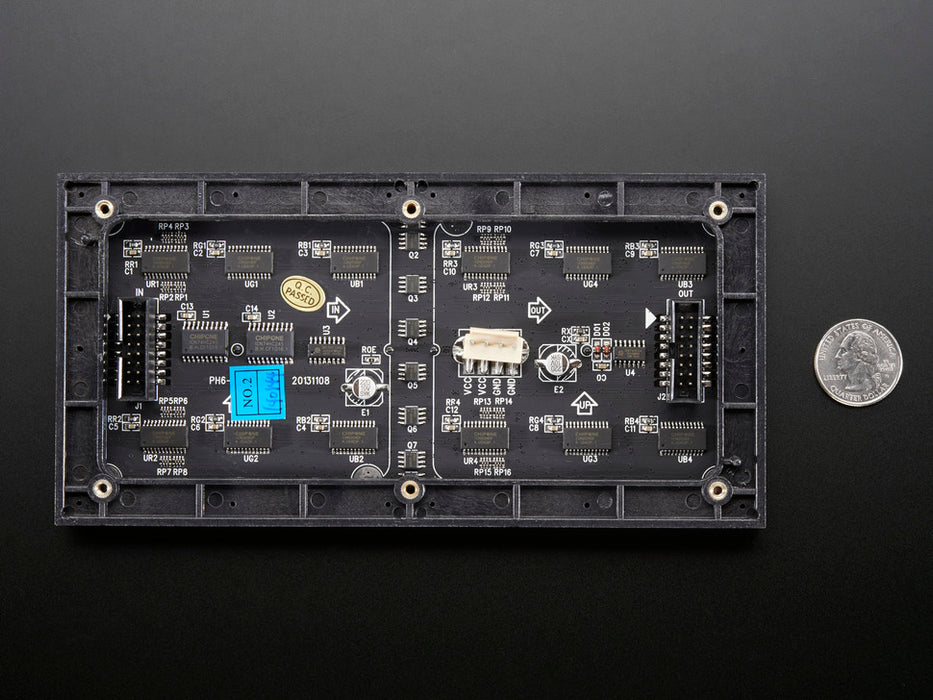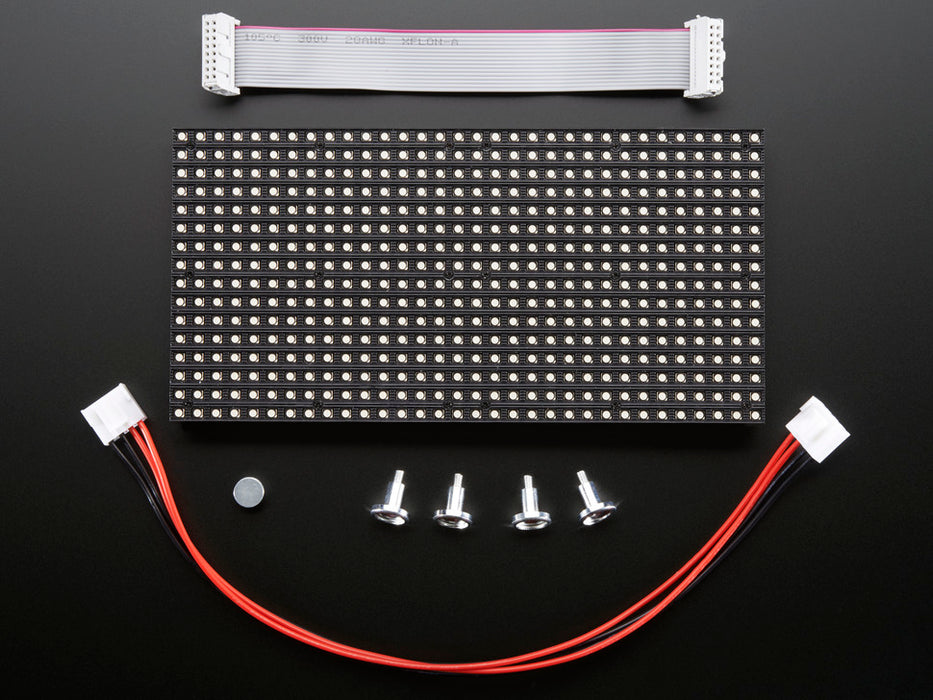
Medium 16x32 RGB LED Matrix Panel
by Adafruit
SKU ADA-420
Sold out
(ex:Vat)
Original price
£20.83
-
Original price
£20.83
Original price
(ex:Vat)
£20.83
£20.83
-
£20.83
Current price
£20.83
Availability:
Out of stock



